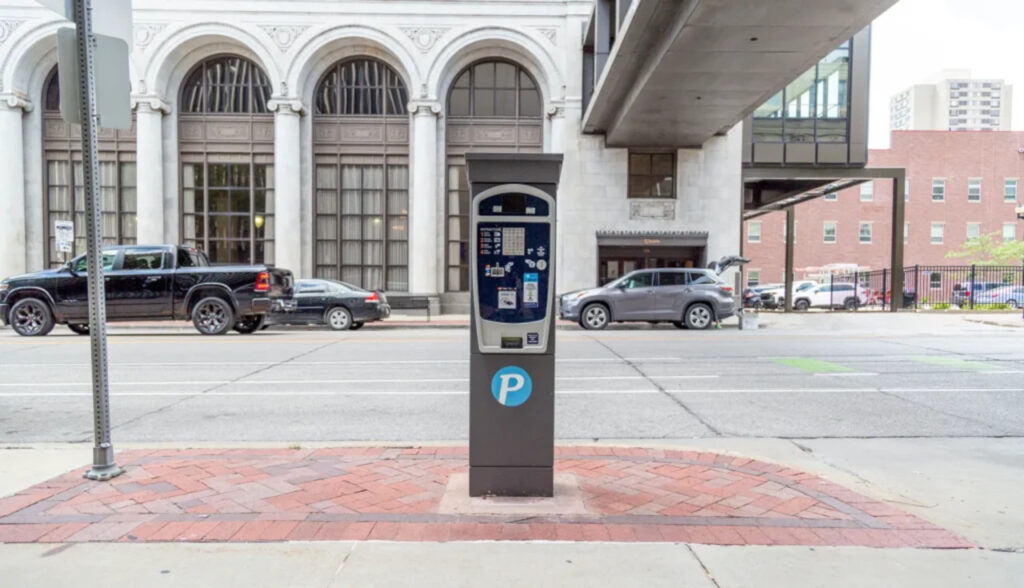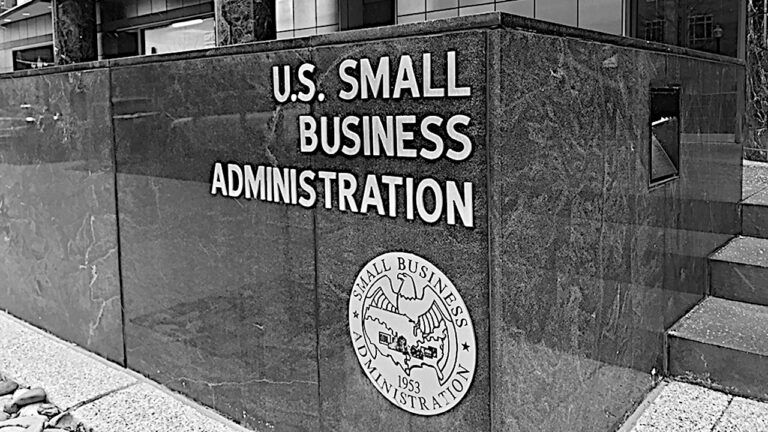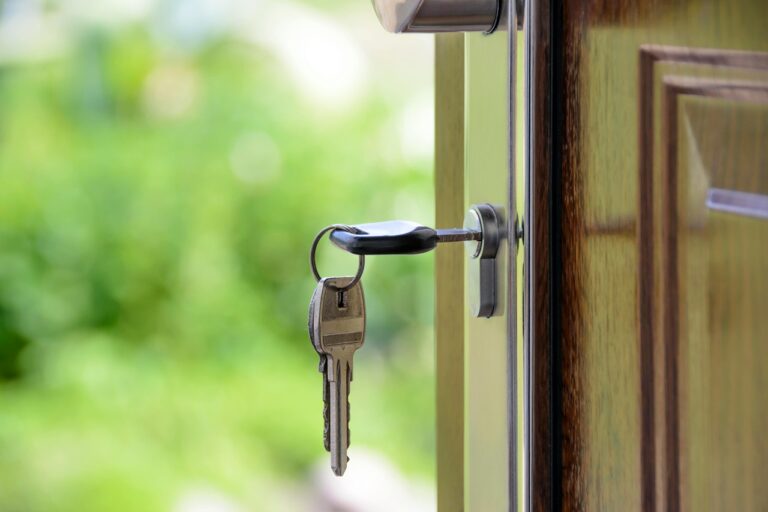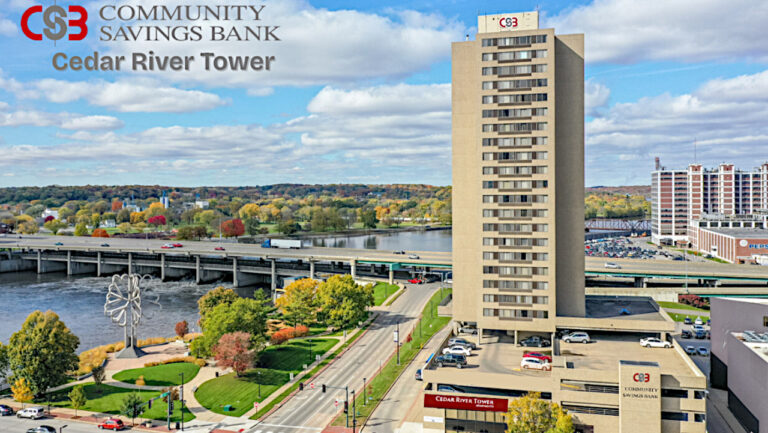A strategic parking plan is being developed to assess parking needs in Cedar Rapids’ core districts – and what changes, if any, may be required to address those needs.
The study, focusing on downtown Cedar Rapids, Kingston Village and the Czech Village and New Bohemia districts, will be conducted by Kimley-Horn, a national planning and design consulting firm with several offices in the Midwest.
Cedar Rapids economic and development services director Bill Micheel told the Cedar Rapids City Council May 27 that much has changed in Cedar Rapids since a city parking study in 2017. The COVID-19 pandemic substantially altered visits to the city’s core areas, including more residential housing units and shifts in office space usage.
Kimley-Horn project manager Robert Ferrin outlined the study in a presentation to the council. He said the study, which kicked off with initial parking evaluations in February, will address both current parking conditions and suggested next steps, and will include the public parking system, both on- and off-street, as well as the broader transportation system.
The study will address several key areas, including enhancing economic development, improving the customer experience, providing cost-effective solutions and expanding mobility options.
“This is very comprehensive in nature, to understand your current and future parking needs and all of the operations and policies and programs that go into creating a good customer customer experience,” Mr. Ferrin said. “Parking is often the first and last experience for our guests, and we want to make sure [the study] reflects everything that Cedar Rapids has to offer.”
The plan will also include an in-depth look at a possible permanent circulator shuttle, following up on a pilot program that operated during the most recent holiday season.
The original cost of the study was $165,000, but a contract amendment was finalized in April to add the downtown circulator component and to provide for enhanced data collection using drone flights to provide aerial imaging of parking areas. With the amendment, the new total cost is $232,477, city officials said.
Mr. Ferrin said Kimley-Horn recently inventoried more than 2,000 on-street parking spaces, including both fee-based and free parking spaces, and determined that an average of 56% of parking spaces were being utilized.
“We like to see anywhere from 60 to 80% utilization,” Mr. Ferrin said. “As you get above 80%, you start to experience some frustration. You start to drive down the street and not see parking spaces available.”
However, he noted, there are acute “hot spots” where parking spaces are often difficult to find, particularly in the downtown core. On a recent Friday evening during a downtown event, on-street parking was at 110% utilization, “which means we were over-parked in the downtown core.”
“Of note, where we see peak parking demand, it is generally outside the hours in which we manage that parking, whether it’s when we actively enforce that parking, or where we actively charge for parking,” he added.
Mr. Ferrin also said Kimley-Horn has also examined the city’s off-street system, specifically the public lots and ramps managed by ParkCR.
“Again, overall, across the portfolio, we saw ample parking availability,” he said. “Not to say we don’t have acute parking challenges, especially during special events, but in general, we looked at October of last year, in our peak time around noon, and we saw 34% parking occupancy, meaning 66% parking availability. So we know that that-post pandemic, there’s availability in the ramps on average.”
Mr. Ferrin noted that the city’s parking portfolio is aging. On average, off-street facilities are about 35 years old, with the oldest facility at 58 years old, and the potential cost of repairing or replacing some of those facilities may also need to be addressed, he said.
The study will also address the overall financial health of the parking system.
‘We know that ParkCR continues to be impacted by the pandemic,” Mr. Ferrin said. “We’ve seen in the past two years some strengthening of financials. However, we’ve not seen a return to the pre-pandemic revenue generation. We know that’s impacted the number of tickets that have been written, because there’s just less parking demand overall. And we know on the enforcement side, we continue to have some challenges with meter non-compliance … your meter violation fine amount is $10, and your parking rate is a minimum of $1 per hour. So we’re going to look at those things to understand (if there are) imbalances in the system, so that we can increase compliance and increase safe outcomes in that customer experience for the parking public.”
City council member Scott Olson said ParkCR’s switch from on-street parking meters to app-based parking has introduced parking technology barriers, particularly for the city’s older population.
“The frustration of older people that don’t handle that (is) probably the biggest thing I’m seeing, and I’m interested (in) what you found in other cities to address that,” Mr. Olson said. “That’s the biggest thing I hear from people, as an older American – they don’t come downtown anymore because they don’t use technology on a regular basis, and can’t understand it. We want to have people of all ages coming downtown, and a lot of them do, so we want to make it easier for them, if that’s possible in today’s world of technology. That’s the major complaint I hear. They just don’t like the system of electronics today, versus putting coins in a parking meter.”
He also said it’s “shocking” to him to hear people indicate there’s “no parking” available downtown.
“There’s tons of parking in our ramps,” he said, “but a lot of people don’t want to park in the ramp. They want to park outside the front door of where they’re going, and of course, that’s not [always] possible. So hopefully, we can find different ways to encourage people to use the ramps more.”
Council member Ann Poe said a trolley system, operated on a consistent schedule with easy access, could be successful as a means of increasing visits to the city’s core areas. The pilot program wasn’t well-coordinated with operating hours for facilities such as the National Czech and Slovak Museum & Library, she said.
“To the extent that we could get people to ride on a circular ride on a trolley that was fun, people would enjoy it, but the hours have to be appropriate,” she said. “I think during this pilot, they (were) not.”
Council member Ashley Vanorny said that during visits to different cities during her work with the National League of Cities, she saw several different successful trolley systems in operation.
“[Washington], D.C. has very life-like trolleys, that are buses, but look like trolleys,” she said. “That feel of trolleys is really much more what we’ve heard our council talk about what we want to go towards. I think if we had something like that, it then marries the nostalgia of riding a trolley instead of being in a van.”
She also said that when she goes to lunch with health care colleagues, they often grimace
“Because they’ve gotten tickets so many times. Why? Because we’re not doing a good job of signing what spaces are ones you pay for, and which ones are street parking. We have to do a better job of that.”
She said parking spots in downtown Des Moines are clearly marked to indicate parking restrictions and fees.
“If we’re just telling somebody that somewhere on this block there’s going to be a space, but you have to go and find the [pay] station, it’s not working,” she said. “That’s how people end up with tickets. That’s how people end up frustrated. That’s how people end up not going downtown and patronizing our really fabulous businesses.”
A public survey is available to gather residents’ input on parking issues. That survey has garnered about 300 responses so far, but Mr. Ferrin said he hopes it will receive more than 1,000 submissions before it closes June 11. The survey is available at https://app.maptionnaire.com/q/crparkingplan
Mr. Ferrin said a draft parking plan will be produced in the fall, with a final plan wrapping up by the end of this year.
For more details on the strategic parking study, go to https://www.cedar-rapids.org/local_government/departments_a_-_f/community_development/planning_services/strategic_parking_plan.php









